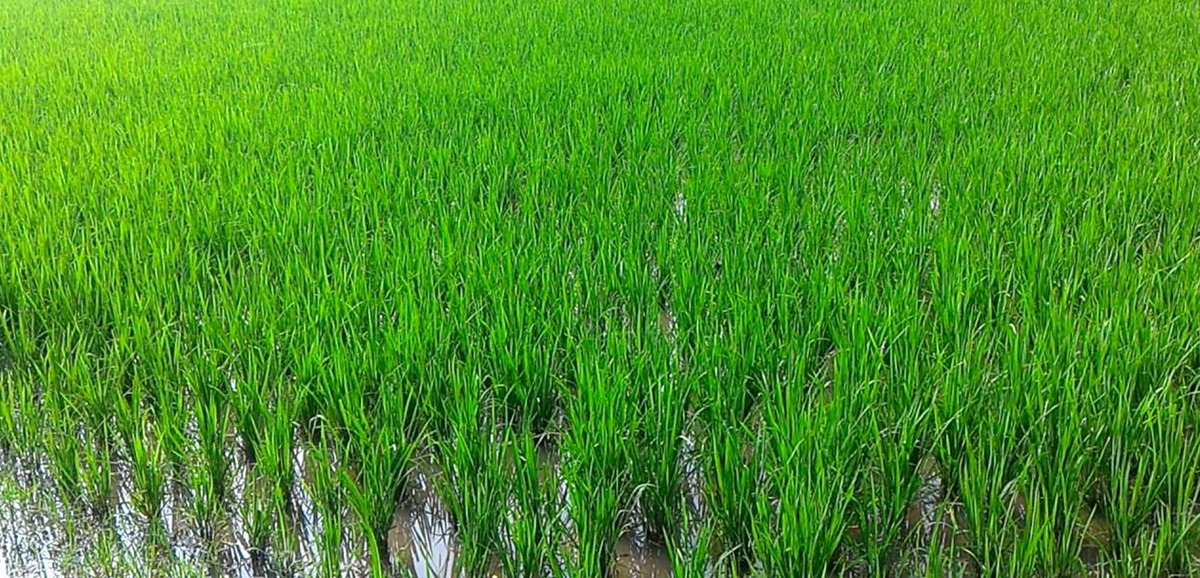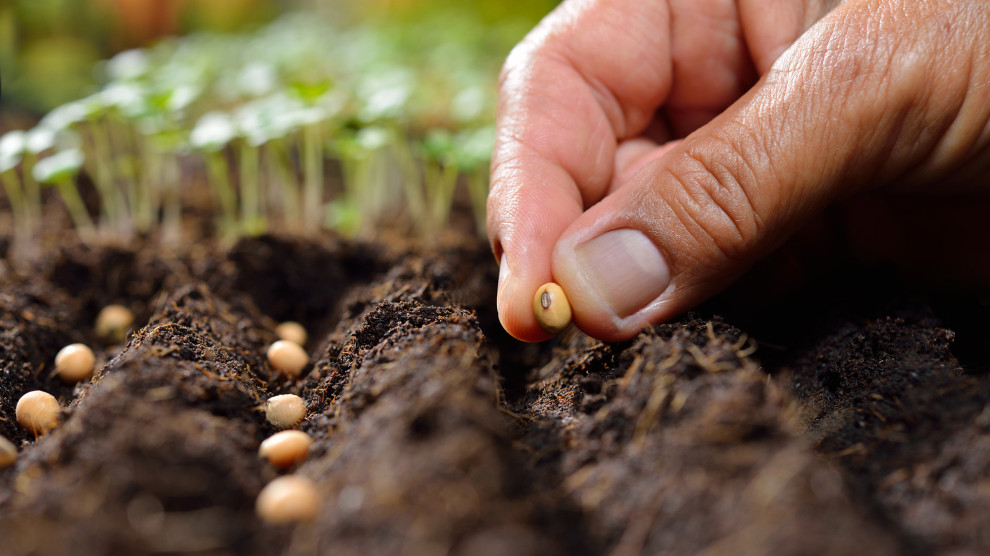To effectively counter the deficiency of rainfall in the districts of south Bengal this year, the State Agriculture Department is working on alternative agricultural methods to ensure that the farmers can carry out cultivation without much difficulty.
The preparation for sowing kharif crops kicks off in June and by the middle of August, the process gets over. But since the monsoon has been very feeble till date, the preparation has not started properly.
Hence Chief Minister Mamata Banerjee has instructed the department to adopt alternative agricultural methods, so that crops can be sown even if there is scanty rainfall.
The average deficiency of rainfall in south Bengal is as high as 60 per cent. The department is working on procedures like river-lift irrigation and usage of submersible pumps to facilitate the sowing of kharif crops.
The Bangla Krishi Sech Yojana had been introduced to extend support to farmers in setting up micro-irrigation facilities that ensure cultivation, of mainly fruits and vegetables, using less quantities of water. The department will extend this scheme to the maximum possible area.
The department has also started a campaign among farmers to create awareness on conservation of water and not extract groundwater indiscriminately. The move comes in the wake of the chief minister’s laying special emphasis on the Jal Dharo Jal Bharo Scheme for conservation of water.
Source: Millennium Post





